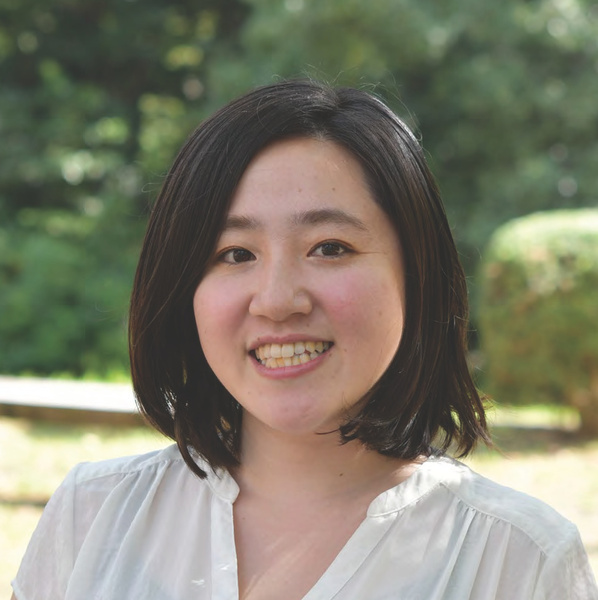
Dr. Haruka Oda
Project Research Associate
The University of Tokyo
Dr. Haruka Oda received her Ph.D. degrees from Department of Materials Engineering, The University of Tokyo in 2015 under the supervision of Professor Kazuhiko Ishihara. Her Ph.D. thesis was on controlling cellular functions through mechanical properties of synthetic polymer hydrogel. Her work during the Ph.D. course has been selected 8 times at peer-reviewed international conferences and has received 3 awards. She is currently a project research associate in Professor Shoji Takeuchi’s lab in the graduate school of information science and technology at the University of Tokyo, to utilize her skills on polymer synthesis and biomaterials to facilitate biohybrid systems. Her research interest includes polymer hydrogel, cell-materials interface, and machine-human interface. Since she has joined Takeuchi lab, she has also gained skills on photolithography and microfluidics. The works were chosen to present in 6 peer-reviewed international conferences.
Synthesis of cytocompatible interfaces to control cellular behavior
Advanced medicines based on cell engineering are expected to prosper shortly. In those conditions, cells with “desired functionalities” should be in the “desired shape” and placed in the “desired position,” just like what has been done with the industrial products and its machine parts. Although there is significant progress in the biological field in finding signaling molecules and culturing conditions, there remain many challenges to control cellular behavior to an engineering level.
In my research, the physical property of the hydrogel gel is used to control cellular behavior. A surface covered with polymer consisting of 2-methacryloyloxyethyl phosphorylcholine (MPC) is known to have bioinert properties which do not interact with proteins or cells. Extending this MPC polymer surface to 3D scaffolds, the encapsulated cells reaction to chemical parameters such as signal molecules and nutrition diffusions could remain unaffected. Using this hydrogel, it is found out that the storage modulus and loss modulus of the hydrogel affected the proliferation of the encapsulated cells. Different cell types have specific window storage modulus that allowed proliferation. By changing the physical properties of the hydrogel, the proliferation and the differentiation efficiency of the encapsulated cells could be controlled to provide cells with unified properties. Furthermore, this technique to control cellular behavior through hydrogel-cell interaction has been used in providing materials for implantation of cells in vivo or using cells as biological sensors. Synthetic polymer hydrogel could be prepared in any shape to meet the criteria of placements, and if the hydrogel can control interacting cellular behavior, it will be a powerful tool to bridge the gap between biology and engineering.